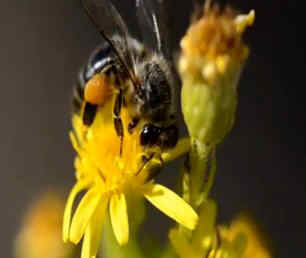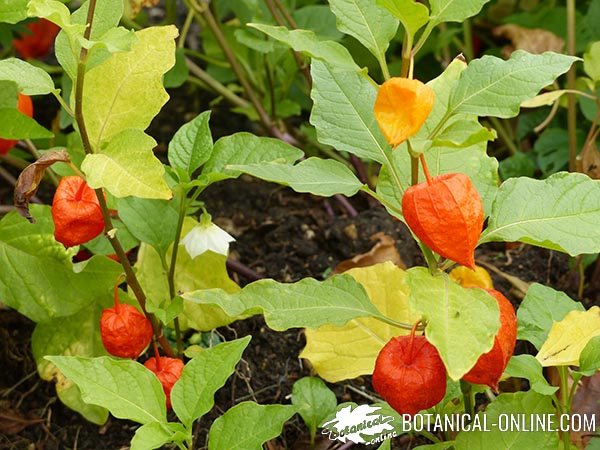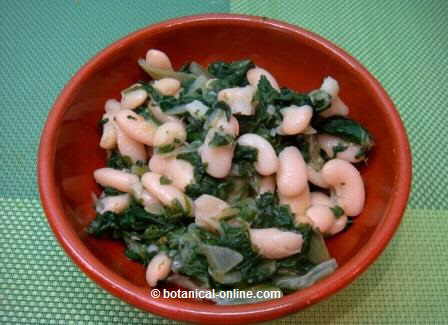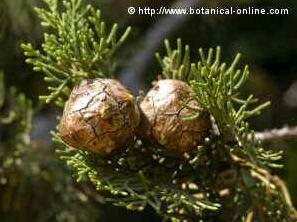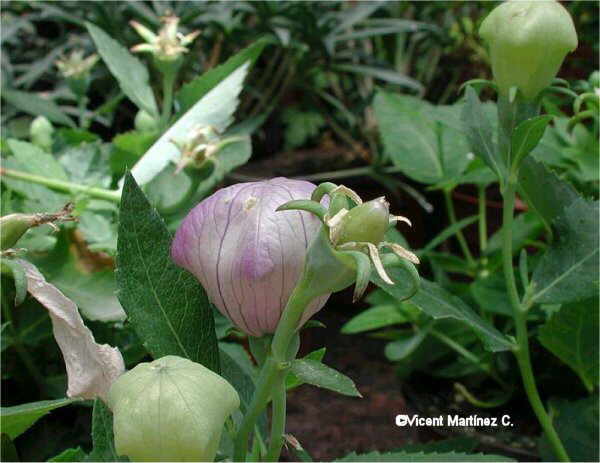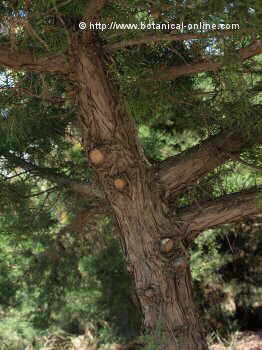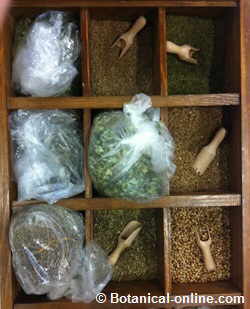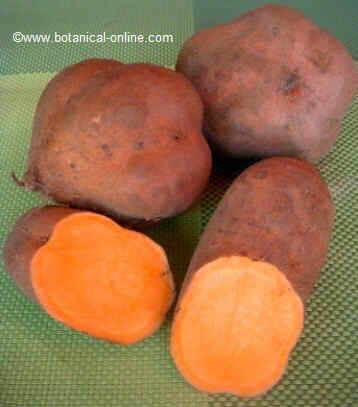Contents
What are blueberries?
Characteristics of common blueberry (Vaccinium myrtillus.)
Common English name: Blueberry, European blueberry, common bilberry, blue whortleberry
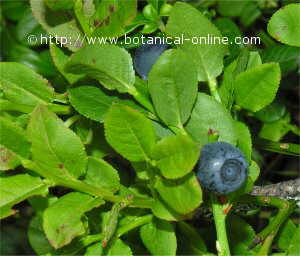
– Scientific name: Vaccinium myrtillus L.
*See: Blueberries in other languages
– Etymology: The scientific name Myrtillus responds to the shape of the leaves that resemble those of the myrtle, so in the sixteenth century was given the name Myrtillus (small myrtle).
The genus Vaccinium is not clear whether it was named so becase the Roman poet Virgil named , considereing it is a species that was often a source of food for cows, or the name derives from “bacca” which in Latin, means “berry.”
Taxonomic synonyms: Myrtillus niger Gilib. ; Myrtillus sylvaticus Drejer; Vaccinium oreophilum Rydb. ; Vitis-idaea myrtillus (L.) Moench
– Family: Ericaceae
Habitat: Where to find blueberries?
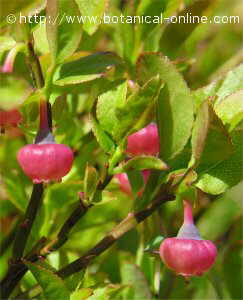
Bilberry is a plant from northern Europe, and it is very common in Scandinavia, where it forms a dense carpet on the floor covering taiga forests of spruce (Picea abies). The importance of this fruit in this area is such that any person has the liberty to collect it even if the forest where it is belongs to other people.
It is also common throughout the boreal zone of Asia.
It appears almost everywhere in Europe, mainly in acid soils of temperate forests, bogs, heaths or swamps. In Europe it is especially abundant in Ireland, Scotland and Poland. In Iceland it is practically the only wild fruit to be found, along with some other ericaceous of the genus empetrum. As we move south, we have to look for it in moist soils in mountain areas.
Description of blueberries
Blueberries (Vaccinium), also called bilberries are plants shrub of the Ericaceae family, within which we have other shrubs such as the strawberry tree (Arbutus unedo), bearberry (Artostaphylos uva-ursi) or heather (Erica).
The common blueberry (Vaccinium myrtillus) is a deciduous plant which is between 20 and 60 cm in height.
Stems light green, hairless, with four marked angles. Leaves up to 3 cm long, alternate, bright green, oval, with fine teeth, leathery texture and acute apex.
Flowers of 4-6 mm in diameter lantern-shaped, pink or green-pink, single or in groups of two, that hang from the axils of the leaves.
Berry fruit is about 5 mm, black, blue, covered with purple hairs, rounded shape with a flat end. It blooms from April to June and fruits appear from July to August.
Uses of blueberries
- Normally this plant is usually planted for its fruit production but is collected directly from wild plants.
- Blueberries can be eaten fresh when fully ripe and have lost their initial roughness. Eaten like this, they are sweet and astringent.
- Another way to use them is to drink its juice. There are many companies on the market that sell blueberry juice.
- It is very common to make jams and cakes with these fruits.
- The fruit of cranberry and especially its leaves are used as a medicinal plant for the treatment of many diseases, especially all those related to the urinary tract.
Other Vaccinium plants: Blueberries and cranberries
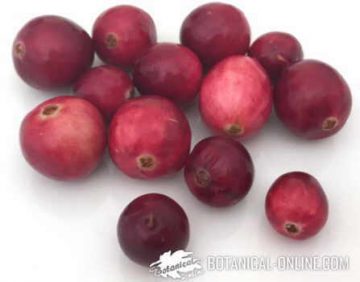
Besides the common blueberry, there are other varieties of blueberries and some other plants belonging to the same gender, such as cranberries). Among them, the most important are:
- American blueberry (Vaccinium corimbosum) grows in the Northeast United States in what is known as New England. It is characterized by deciduous leaves that acquire a scarlet colour in the fall. It is a shrub that reaches a vertical aspect, 8 m high, with pale pink flowers gathered in pendulous inflorescences. It produce quite large bluish-black fruits.
- Cranberry (Vaccinium oxycoccus): the plant is much lower than the common blueberry and its leaves are evergreen, it usually does not exceed 10 cm in height. It has bright red fruits that exceed the leaves in size. There are different varieties:
- The common cranberry (Vaccinium oxycoccus palustris), which can be found throughout the boreal zone of the northern hemisphere. The leaves are very small not exceeding 1 cm in length, very acid pink fruit.
- The American cranberry (Vaccinium macrocarpon ), which is native to eastern North America, where it is grown intensively for consumption. Its leaves are much larger and reaching 2 cm in length and the fruits are red and with a sour apple flavor. It is a type of plant that forms intertwined clumps with branches up to 1 meter in diameter.
- Small cranberry (Vaccinium microcarpum oxycoccus) is a variety with somewhat triangular leaves that grows in the northern zones of Europe and Asia.
Production and consumption of blueberries in the world
World production of blueberries in 2006 was about 225,000 tons. About 70% of them came from the harvest of wild plants and 30% were from crop plants.
The largest producer of blueberries are the United States, which is both the largest importer and the largest consumer. Canada ranks second in production.
Unlike the United States, where there is a large area of cultivated fields, the majority of Canadian production comes from the collection of wild fruits. Canada is also the leading exporter of frozen blueberries. Chile is the third largest producer in the world and he’s followed by Argentina, New Zealand and Australia.
France is the largest producer in Europe, followed by Holland, Germany, Poland and Spain.
Besides USA, other countries where this fruit is usually consumed are Italy, Germany, England, Netherlands, Norway, Sweden, Finland, Canada and Japan.
The estimated annual growth of the production this fruit is 1% and its good food qualities are being increasingly recognized.
![]() More information on blueberries.
More information on blueberries.

